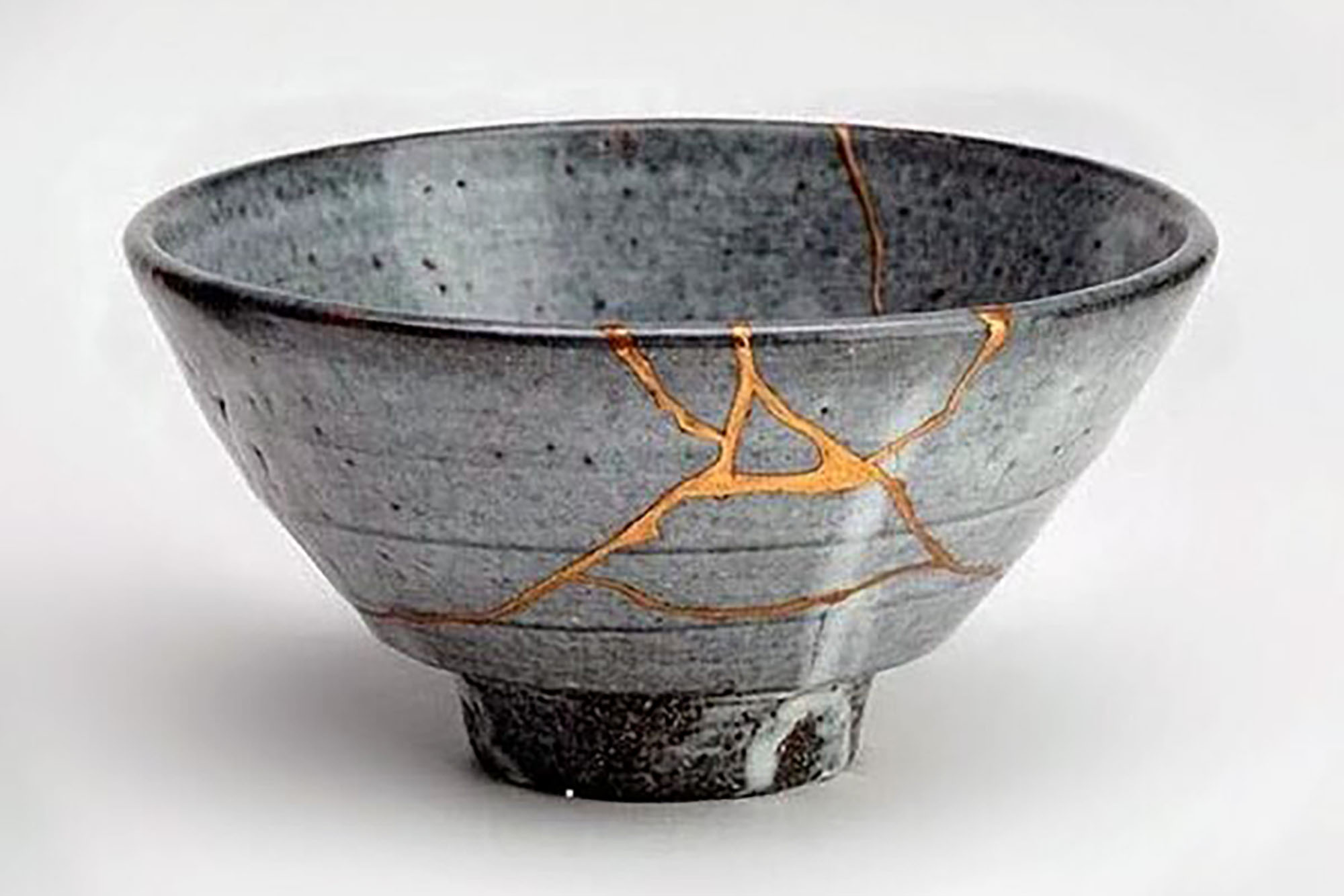Kintsukuroi. Better from Broken.

Recently I was told about an ancient Japanese practice called Kintsukuroi. At first, I was impressed but saw it as just an example of some cool Japanese artifacts — of which there are so many. Interesting but no real relevance or application.
Then the parallels to business and life became more clear and more important as you look at it through the lens of our mistakes, errors, imperfections, failures and general brokenness.
You see, it’s all based upon the perspective and mindset the Japanese had toward cracked and broken objects. By filling the imperfections with gold, they were able to render the newly patched items as more valuable and beautiful than in their original or prior state..
Better from broken. What?
How often do we view brokenness, failure, mistakes, and imperfections as reasons to cast-off, write-off, punish or destroy? Let alone these being yet another reason to judge and compare.
The concept of “filling it with gold” screams in support of rehabilitation, development, “bouncing back” and a learning culture.
I watch a lot of sports. Just about every sport at every level. In the realm of sports, opportunities to fail, improve and emerge better/stronger form such a valuable mindset for an athlete and those coaching athletes—- especially at the youth level where the potential is so great.
Kintsukuroi is anti-fragility in its finest form.
What if we could adopt such a perspective as leaders, teachers, coaches, parents, and friends. How many people could we convert from broken to beautiful? How many teams could become anti-fragile and view defeat as a step toward growth and strength?
We might even sustain this approach to create more innovative communities as people see fear diminish and continuous improvement flourish.
Next time you see or make a mistake, think of the gold you can fill it with.